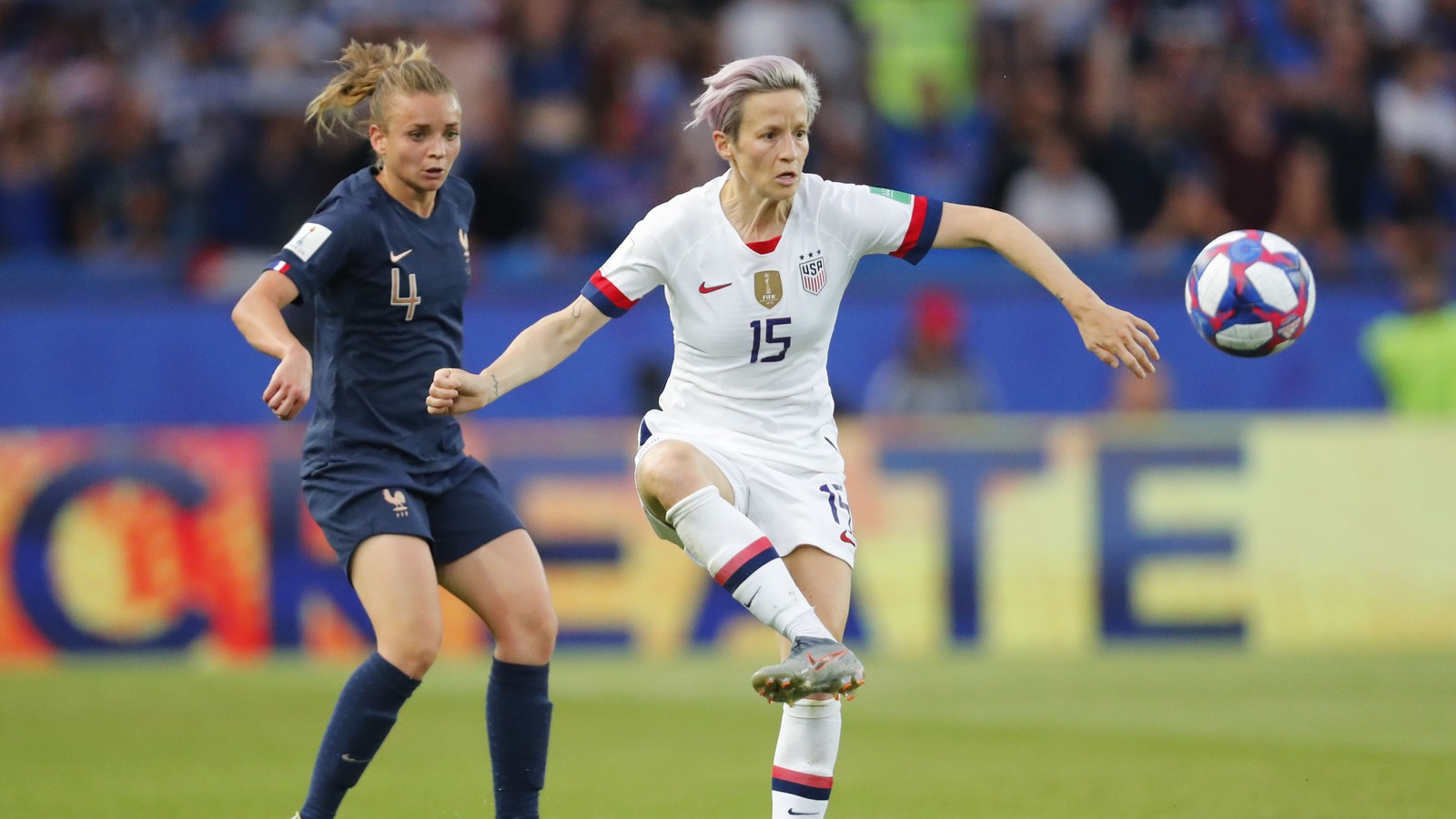
Female athletes often face discrimination due to their appearance. You can change this. You can change your body image by taking control of it. To challenge gender stereotypes, you can use social media. You can also be an advocate to promote gender equality. These tips will assist you in becoming an active member of the sport community.
Regaining control over your body image
There is a growing movement among female athletes to take back control of their body images. These female athletes spoke out about the negative effects of being "perfect" on their mental and physical performance. Gracie Gold (Olympic figure skater) and Allie Ostrander (professional runner) are two examples of athletes who have opened up about their negative body image. These athletes want to make it clear that having a body that doesn't conform to certain standards is not weakness.
Female athletes are still susceptible to body dissatisfaction, despite the pressure they feel to improve their body image. Body dissatisfaction is a mental state that results from negative thoughts about a person's body, and the perceived discrepancy between a person's body size and the ideal body size. Context and function can also influence how we perceive our bodies. A recent study showed that female collegiate athlete participated in "Bodies in Motion," a program which helps to develop positive body images.
It's time to change the stereotypes associated with female athletes
Breaking down gendered stereotypes is one of the most important things a female athlete can accomplish. Many girls and women are discouraged from participating in sports because of the stereotypes that surround them. Changing these stereotypes begins at home. It starts with teaching girls and women to respect one another and be unique. It also starts with changing the way we talk about women. If we change our words and our actions, we can improve how female athletes are presented in the media.
The majority of research on female athlete has been focused on the bipolarity in masculinity and feminineity. Very little has been done to examine androgyny. Androgyny refers to a compromise between masculinity/feminity. This suggests that a female runner can be both male/female simultaneously. This gender identity is a mix of assertiveness and gentleness, independence and dependence, competitive and passive, and can even be independent and dependent. A woman can exhibit both feminine and masculine qualities, which can be empowering to the individual.
Taking part in social media
It is possible to inspire younger women to take part in sports by using social media. Female athletes are often inspired by the stories that they read about other women in the sport and this is one way to do that. The UConn Huskies beat Baylor Bears last night. This game dominated the social media space. The final score was 69-67 in favor of the Huskies, but the controversial call was the talking point of the night.
Taking part in social media can be a powerful way to encourage young women to pursue sports and improve their health. Many female athletes now use social media to promote themselves. Unfortunately, there is not much research into how female athletes present themselves online.
Managing gender stereotypes
Gender stereotypes can be a barrier to participation in sports. They may choose to lessen their achievements in athletics and focus on more stigmatized sports or drop out entirely. These issues reflect larger cultural attitudes regarding athletic women. Problem is, these stereotypes are the greatest barriers to female participation in sports.
First, women sportspeople must face the perception problem. Public perceptions often portray women as submissive or objectified. Additionally, male athletes are often viewed heroically and masculine and female athletes as wives or daughters. This unhealthy cycle of gender stereotypes often results in the sexualization and objectification female athletes. This problem was brought into sharp focus by the USA Gymnastics scandal.